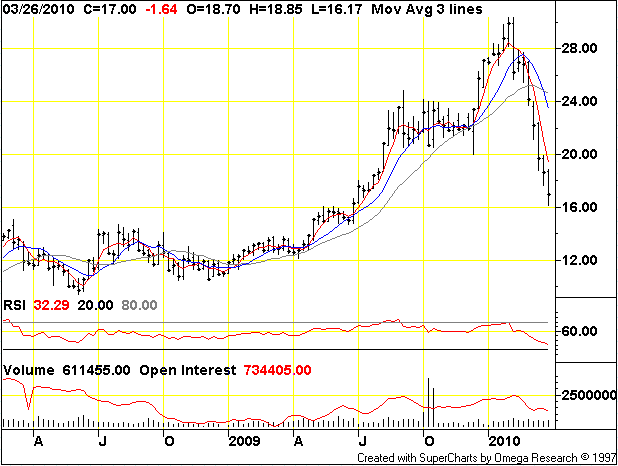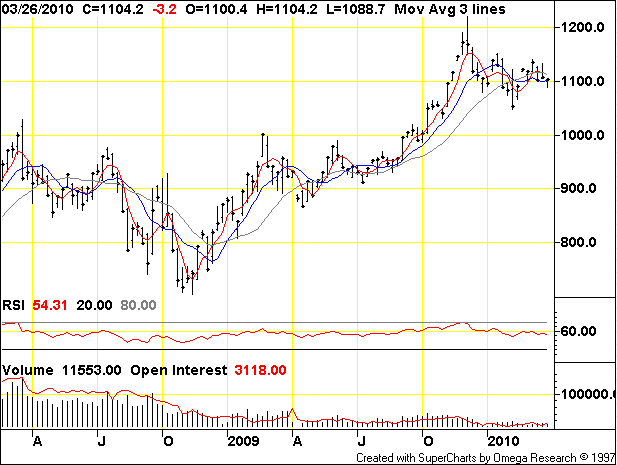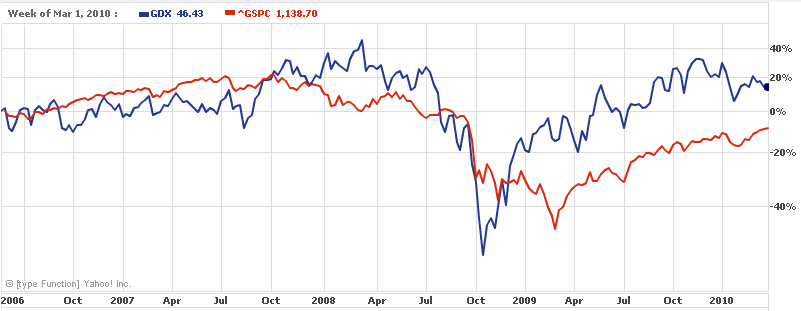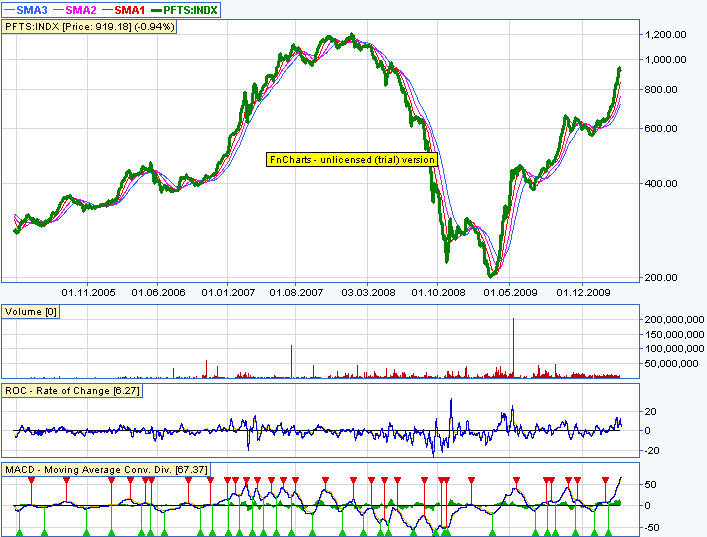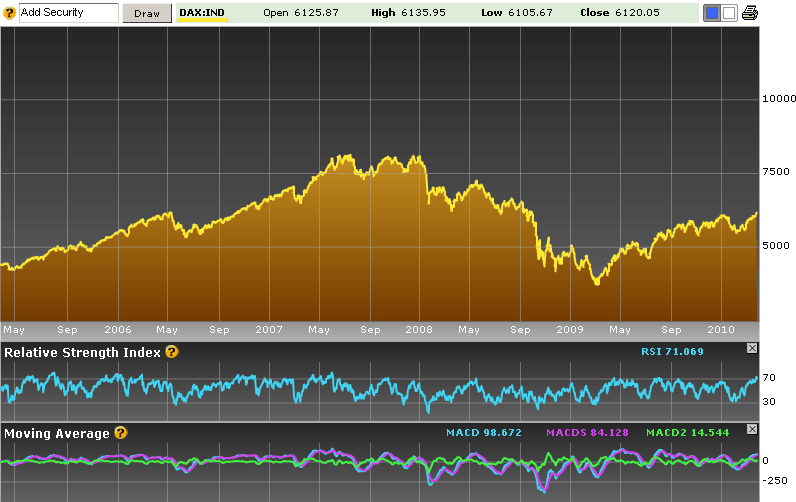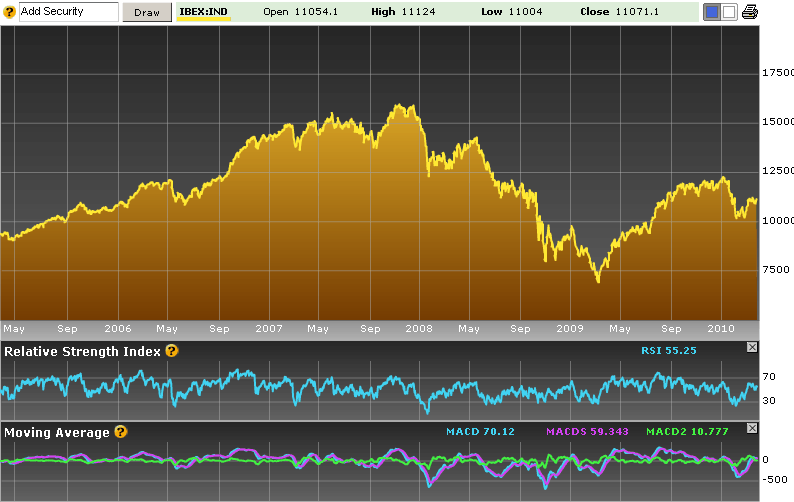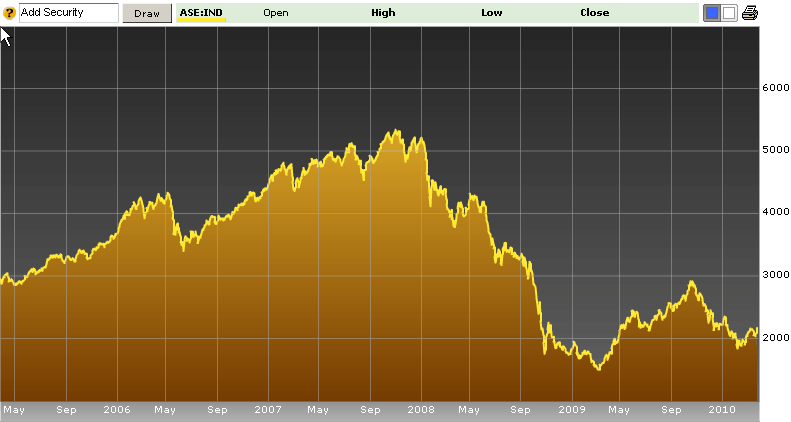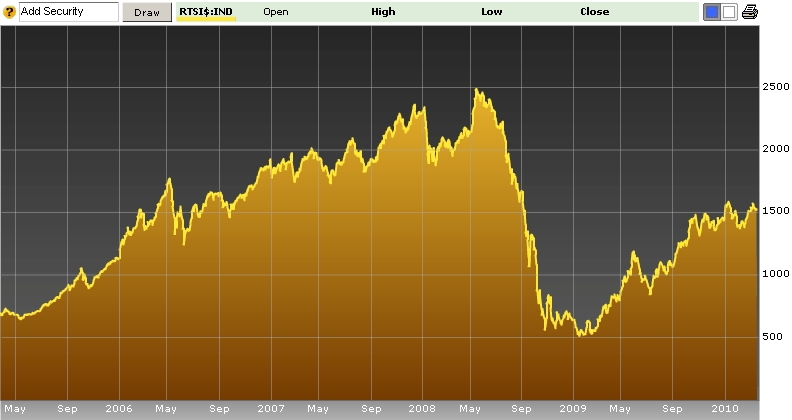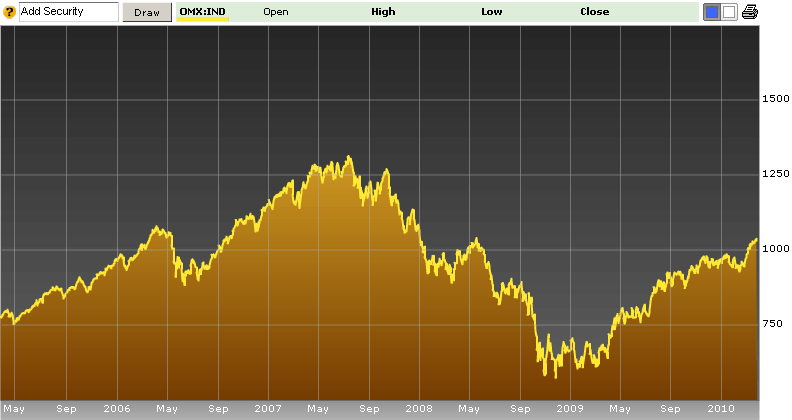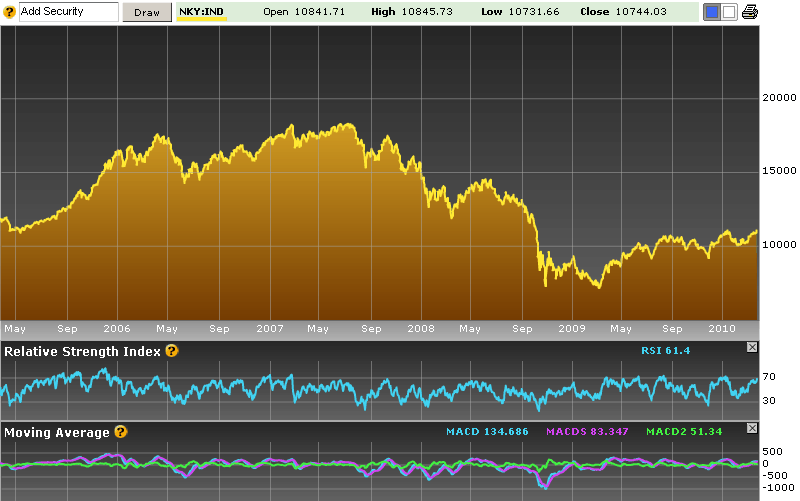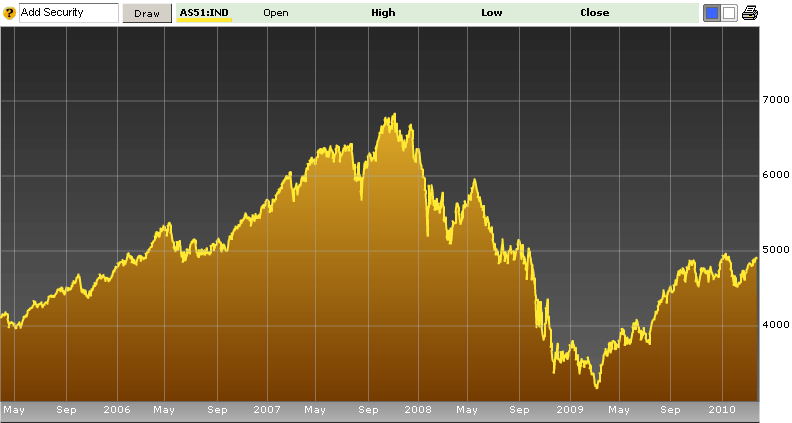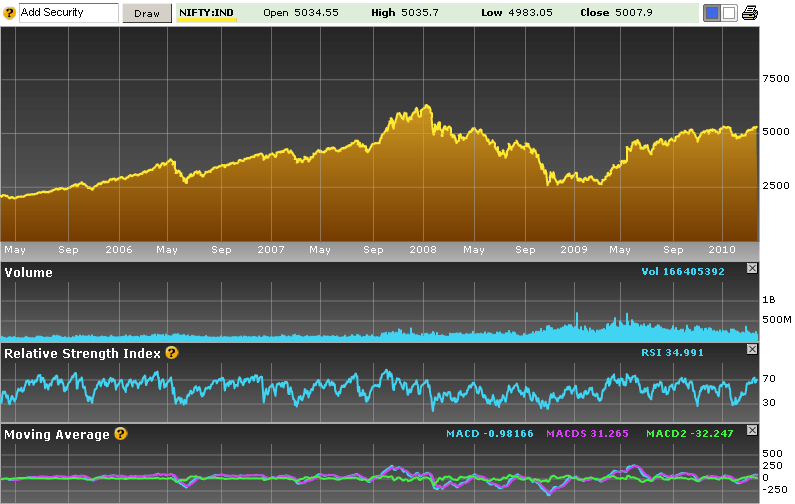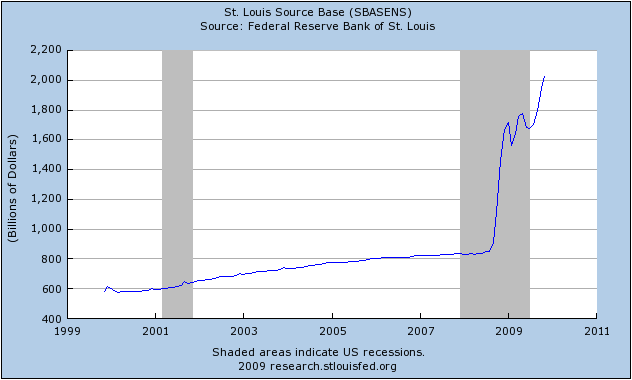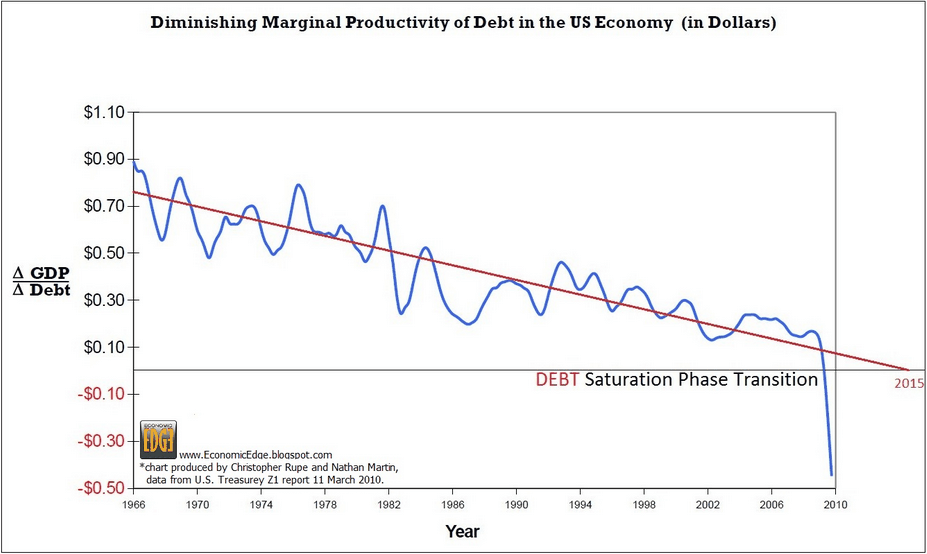Eric King is one of the best financial interviewers out there, so he gets the best guests of anyone I know.
Listen to the MP3 here, recorded last Saturday, March 20.
Take-aways:
The last of the bears are capitulating, just as the last of the bulls turned bearish last winter. Everybody loves stocks after a 73% rally, and there is huge psychological pressure to be bullish.
The market only gives away free money for so long (unbroken strings of up days often come near the end, as in Spring 1930).
The last two times that the market made a double top (July/Oct 2007 and the 2000 top), the Nasdaq surged at the very peak, leaving the Dow and SPX behind. SPX has just barely made a new high, but it feels like it’s much higher than in January.
GDP expansion is very weak compared to the stock rally, bank lending and jobs are still trending negative.
This is not a recession that has ended. This is a depression that has had a big countertrend rally.
States are all bankrupt, because they always spend too much. Governments always go bankrupt in the end. (Interesting factoid: Nebraska’s constitution outlaws borrowing by the state, so they are in the best shape).
All of the dollar-denominated IOUs are going to be worthless in the end. The government’s backstop has delayed this, but the debt will still go bad. The central banks will not take on all the bad debt, so the governments are trying, but they will ultimately default themselves.
Hyperinflation is not an option with all this debt. Default (deflation) is inevitable. Government defaults are deflationary.
Cycles are part of the human social experience. Muni defaults haven’t happened since the 1930s, but that is only because that was the last time we were at this point of the debt cycle. Munis will end up as wallpaper — no way the states can pay them off.
Conquer the Crash was released in 2002, but the stock market rose for 5 more years and the credit bubble got even crazier before finally topping in 2007, but the extra debt is just making things worse now that we’re at the point of no return.
We have a return of confidence. AAII (American Association of Individual Investors) survey shows about 25% bears, same as October 2007 and May 2008 tops. This is not a good buying opportunity.
Every investing group (individuals, pensions, mutual funds, etc) has been overinvested for 12 years. Mutual funds are only holding 3.5% cash. They have never given up on stocks, even in March 2009, which was nothing like in the 1970s and early 1980s.
Very few people think we can end up like Japan, and keep breaking to new lows for 20 years. Everybody always has a “story,” a narrative as to why the market is going to keep going down (at bottoms) and up (at tops). (Story today, IMO: PPT manipulation and money printing will drive stocks up forever). The story is often exactly wrong at the top and bottom.
Interest rates do not drive stocks. Lower rates are not bullish (just look at the 1930s or 2007-2008). Rates went up from 2003 – 2007 as the market rallied. People’s logic is always incorrect at the turns. Nor do earnings drive prices: stocks fell 75-80% in real terms from 1966-1982 as earnings rose.
Oil and stocks have a correlation that comes and goes – sometimes none, sometimes very positive, sometimes very negative. No predictive power.
Markets have a natural ebb and flow that arises from herding processes in a social setting. Reasoning about causation is a waste of time.
Economists jabber on about all kinds of causation, but they never offer statistics that pass muster.
Bond funds are going to slaughter the masses. The public always buys the wrong thing at the wrong time, and a wave of defaults is coming.
The dollar is likely starting a major rally (up 9% since fall, 11% vs euro). Prechter was early on that call but it still was a good one. Might be the start of a renewed wave of deflationary pressures.
The message in the new edition of Conquer the Crash remains, “get safe.” Find a safe bank, hold T-bills or treasury-only mutual funds, cash notes, and some gold and silver. No downside to safety.

